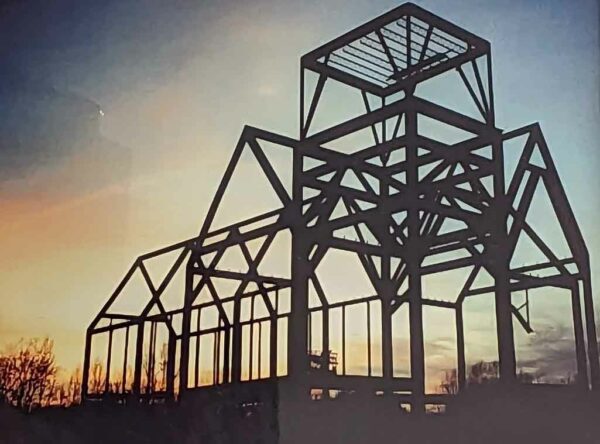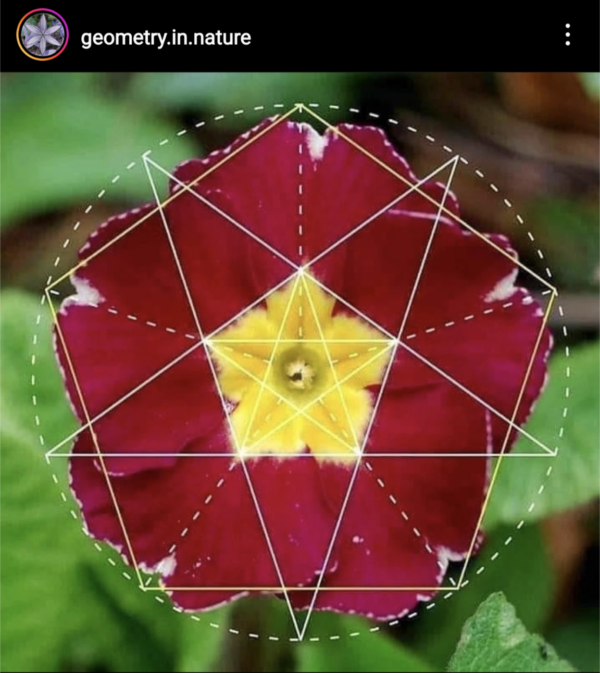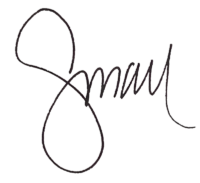As I draft the proposal for my book about Sustainable Productivity, I have spent a lot of time thinking about the evolution of the Sustainable Productivity Triangle. When I was in high school I dreaded going to Geometry class. I was terrible at it. Often tears would flow as I tried to wrap my brain around proofs and other geometric nonsense. Then there was my teacher. Mr O’Brien scared the crap out of me. He was really smart, really intense, and really did not understand my not understanding. It reminded me of how the Princess felt in War and Peace when Prince Andreyevich was teaching her geometry.
There was one lesson though. This lesson stuck out. Mr O’Brien showed slide after slide of triangles. Triangles in architecture. Triangles in nature. Triangles in construction. Triangles in anatomy. This man who loomed so large and scary waxed poetically for 50 minutes about the strength and beauty of triangles.

I have a vague recollection of him talking about something to do with the compression, fixed angles, and tensions – honestly, I was just looking at pretty pictures and marveling that I actually related to this geometry lecture for the first time. It seemed like the more Mr O’Brien got warmed up, the more slides he clicked through, the more he changed into a real person.

I started connecting with the different concepts:
“Triangles are the strongest structure.”
“Each side of the triangle relies on the other sides for strength.”
“What nature creates and enhances on its own, man drafts and erects in order for his structure to sustain all kinds of weather and hardship.”
Thirty Years Later
I loved this lecture and it has stuck with me for over 30 years. I notice triangles in nature and buildings and bridges. Then my noticing expanded to other trios. Triangles and groups of three are often referenced in literature, religion, astronomy, and mathematics. The triangle is a symbol in groups such as Alcoholics Anonymous and the Free Masons. Consider these groupings of three:
- Three Stooges
- The Holy Trinity
- Delta, the mathematical symbol of change
- Three branches of American government
- Roman Triumvirate
- The Brady Bunch Boys and The Brady Bunch Girls
Sustainable Sue and Triangles
Then I noticed triplets in my own work. After years of coaching women on habit change, a few common threads started coming together into the Sustainable Productivity Triangle. The women I worked with expressed a consistent desire to change habits in three different areas of their lives:
- Health and Fitness
- Mental Well-being
- Environmental Surroundings
We worked on a variety of components in each of these pillars. Fitness, nutrition, rest, stress management, physical clutter, social media use and more. I began to wonder if the concepts of Mr O’Brien’s lecture could apply to habit change to address burnout. The overall theory is that triangles are the strongest structure. Not rectangles or squares – these can be shoved and you get a rhombus or parallelogram – no one likes a leaning structure. Circles are not the strongest – a slight breeze and your structure rolls away. Triangles are the strongest because of how the angles and sides rely on and take up for each other.
Next week’s essay will cover how each dimension of Sustainable Productivity acts as a buttress for the others in times of stress. Until then, your only homework is to look up and notice.
Sustainable Productivity Reflections
- Where do you see triangles in nature, architecture, etc.?
- What trios do you notice as you go about your day?
- What three pain points keep appearing in your life?
Until next time remember to create productive results in a way that you can sustain and that sustain YOU.

Leave A Comment